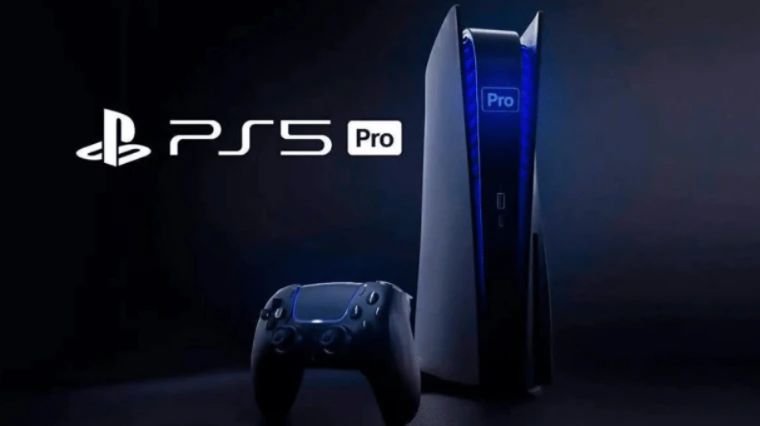Sony PS5 Pro New Patent. Sony’s latest patent seemingly confirms rumors about a DLSS-style scaling technology that might be integrated into the PS5 Pro, potentially giving the new console model a significant performance edge over the current version.

A few days ago, renowned journalist Jeff Grubb reported, citing his sources, that the PS5 Pro is set to release in 2024 and will feature proprietary hardware solutions. These solutions are designed to enhance resolution through machine learning and accelerate hardware support for ray tracing.
Indeed, the patent filed by the Japanese company clearly illustrates the workings of a DLSS-style technology. This technology records Asset Aware Data (AAD) in the command buffer and Level of Detail (LOD) data in the system memory. This allows the GPU to use them for frame rendering in accordance with CPU requirements.
While these are currently speculations, as there are no explicit references, Sony’s document seems to describe how the PS5 Pro could manage its new and significant features.
The patent is also attributed to Mark Cerny himself: it appears that the PS4 and PS5 system architect is behind this development. In the coming months, we will see if there is a real connection between these schematics and the latest leaks.
Expanding on the information about Sony’s new patent and its implications for the PS5 Pro, several additional points can be considered:
- Impact on Gaming Experience: The introduction of DLSS-style upscaling technology in the PS5 Pro could revolutionize the gaming experience on the console. This technology, which utilizes machine learning to upscale lower-resolution images to higher resolutions without the significant computational cost of native rendering, could enable smoother and more detailed graphics. It would be particularly beneficial for demanding games, enhancing visual fidelity while maintaining high frame rates.
- Competitive Landscape: Integrating such advanced technology into the PS5 Pro would escalate the competition with other gaming platforms, particularly PC gaming where DLSS technology is already in use. It would also set a new benchmark for future consoles from other manufacturers, pushing the industry towards more sophisticated graphics processing techniques.
- Developer Adoption: The success of this technology in enhancing game performance on the PS5 Pro would largely depend on developer adoption. Game developers would need to optimize their titles to leverage the new hardware capabilities effectively. This could lead to a wave of game updates and new releases designed to take full advantage of the enhanced graphics rendering capabilities.
- Technological Advancements: Sony’s move towards DLSS-style technology indicates a broader trend in the gaming industry towards incorporating AI and machine learning into gaming hardware. This could open up new possibilities for game development, including more realistic AI behaviors, dynamic game environments, and personalized gaming experiences.
- Market Expectations and Speculations: While the patent filing generates excitement, it’s important to note that patents don’t always translate into actual products. The gaming community might have high expectations, but until official announcements are made, these remain speculations. However, the involvement of Mark Cerny, a key figure in PlayStation’s development history, adds credibility to the likelihood of this technology being realized in the PS5 Pro.
The PlayStation 5 has reached the milestone of 50 million units

